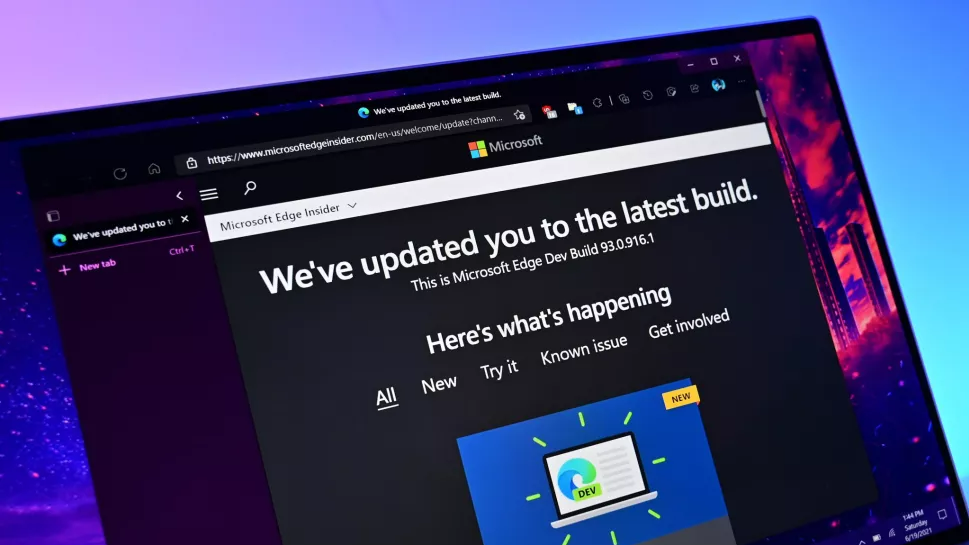Microsoft Edge Will Keep Getting Free Updates on Windows 10 Until 2028
The company has committed to supporting Edge on Windows 10 for three more years for free, regardless of whether you intend to pay for security updates on the EOL platform.

Microsoft has confirmed that it intends to support its Edge web browser on Windows 10 for three additional years beyond Windows 10's end of support date. In a support document, the company clarified that Edge and the WebView2 Runtime will continue to receive updates, including fixes and new features, beyond October 2025 on Windows 10.
Additionally, Microsoft says that Windows 10's Extended Support Updates (ESU) program won't be required to benefit from these updates, meaning fixes and new features for Edge and WebView2 will continue to be provided to all Windows 10 users, even if they didn't enroll in the ESU program. This is good news for people who are considering staying on Windows 10 beyond its end of support date in October 2025.
"Microsoft Edge and the Microsoft WebView2 Runtime will continue to receive updates on Windows 10 22H2 until at least October 2028, coinciding with the end of the Extended Security Updates (ESU) program." says a Microsoft support document. "The ESU program won't be required for devices to continue receiving Microsoft Edge or WebView2 Runtime updates."
Of course, it's not just Microsoft Edge that will remain supported on Windows 10 beyond October 2025. As far as we're aware, all major browsers, including Google Chrome, Firefox, and Opera, will continue to be fully supported on Windows 10 as we head into 2026 and beyond.
Microsoft says that Edge will be supported up until October 2028, but leaves the door open for further support should the company find it necessary closer to the time. Not all of Microsoft is being so kind, however. The company recently announced that Office would stop getting new features on Windows 10 in August 2026, though the apps will still get security fixes until 2028.

It does seem like 2028 is the true end of support year for Windows 10, even though things are slowly beginning to shut down starting October 2025. That's because Microsoft has committed to supporting Windows 10 with security updates, as long as users pay for them, until October 2028, which means most of its apps and services also need to remain supported on the platform to make it worthwhile.
In the immediate months post 2025, you likely won't notice much of a difference on Windows 10. Users who choose to remain on the platform, even without security updates, won't find their computer to be any less capable than before. But over time, apps and drivers will start ending support for the platform, which will be when your favorite apps and peripherals stop working or being officially supported.
All the latest news, reviews, and guides for Windows and Xbox diehards.
That's not to mention the potential for major security vulnerabilities being discovered and exploited on Windows 10, which won't be patched unless you are paying for Microsoft's ESU program. That ESU program will be vital for anyone still using Windows 10 beyond October 2025 if they want to remain secure on the platform, especially if the PC is used to store personal files, work files, or financial information. Better to be safe than sorry.
Ultimately, Microsoft would like for most Windows 10 users to upgrade to Windows 11, whether that be via an in-place upgrade on their existing machine or by buying a new PC with Windows 11 already installed. Just recently, Windows 11 surpassed Windows 10 to become the most used version of Windows, which means more people are finally starting to make the switch.
What are your thoughts on Windows 10's support ending in October 2025? Will you continue to use the OS without security updates beyond that date? Let us know in the comments what your plans are post Windows 10's death.
via Windows Latest

You must confirm your public display name before commenting
Please logout and then login again, you will then be prompted to enter your display name.
